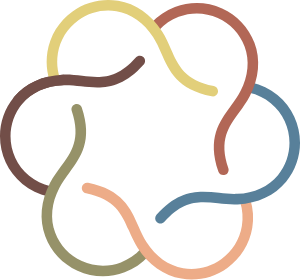Article Highlights:
Stoke’s senior art director, Josh Fronk, shares these 5 insights from Adobe MAX and how you can act on each today to be a better creative.
- We need a creative community.
- It’s time for creatives to learn to be leaders.
- You have the power to fuel creativity and collaboration, but it takes practice.
- Real communication is key.
- We are all designers.
Adobe MAX is one of my favorite industry events of the year. Thousands of creatives gathering in one place, networking, learning from experts, experiencing the latest innovations — it doesn’t get better than that.
My colleagues and I always return from MAX inspired and ready to up our game. Here are five of the most important things I learned from Adobe MAX this year.
1. We need a creative community
“Creativity is what sets us apart and what brings us together.”
— Ann Lewnes, Adobe CMO
It’s easy to get caught up in the marketing machine. We wake up in the morning, come into the office, and work hard to please our clients. But sometimes, we may be forgetting the reason we started doing all of this in the first place.
Creativity is the fuel inside each member of a creative team, and there’s a reason we work together.
Sometimes, there’s a misconception that creatives are reclusive. It’s probably because we often have to initially withdraw to create. But in the end, we crave the feedback and collaboration that a community provides.
At our core, we want to connect, learn, and inspire each other. And we need each other.
Take Action: Find ways to engage more fully in a creative community. Share ideas with at least one other creative — in person or online — each day.
View “Creativity is the Great Enabler”
2. It’s time for creatives to learn to be leaders
“As creatives, we are finally getting this great opportunity to lead, and we’re not leading.”
— Adam Morgan, executive creative director, Adobe
In the past 10 years, there has been a shift in the way companies do business. The design-led, customer experience movement is encouraging more and more organizations to give creatives a seat at the table.
But, for the most part, we’re squandering that opportunity.
It’s not because we don’t want to lead or make a difference. It’s because so many of us don’t know how. We don’t speak the same language as C-level executives. We usually don’t have the same understanding of business, finance, and logistics. Since we lack the tools needed to convince stakeholders of the power design can have to propel a business forward, we shrink instead of growing into our role as leaders.
The good news is that we can learn to be leaders. We can learn to teach design-thinking to business executives in a way that they can understand, backed with data and ROI.
It’s much easier to grow a business with innovation than by refining established processes. It’s also much easier to attain brand loyalty with unique experiences than it is to keep a customer with numbers and data. Soon, the numbers side of the game will be automated, but you can’t automate emotional connections. That’s the power of creativity.
We’re moving into the creative age and the experience era. We need to be ready to lead.
Take Action: Study the science behind creative emotion and successful marketing ROI. Bring these connections into strategy and pitches.
View “Boosting Creativity In-House and Real Lessons on Creative Leadership”
3. You have the power to fuel creativity and collaboration, but it takes practice
“Authentic relationships lead to awesome projects, and awesome projects lead to authentic relationships.”
— Christina Amini, executive publishing director, Chronicle Books
In so many ways, creativity and collaboration are interdependent. But it takes practice to learn how to guide and direct the two into something marketable and productive.
So many agencies rise and fall because they don’t know how to properly harness creative ideas and a collaborative environment. If the office is too restrictive, creativity is stifled. If the office is too unstructured, projects suffer.
We need to practice a process that helps keep the balance in check. Christina Amini suggests the following:
- Real Reflection: Collaboration begins with you. Understand your own strengths so you can better work with your team. What is it that you uniquely bring to the table? After you’ve determined your own strengths, try to understand the strengths of your fellow team members.
- Set a Vision: Write a simple vision statement to guide your team through the process. Commit to a shared purpose. Make it as succinct and as concrete as possible. Evolve your vision as necessary as the project moves forward.
- Practice Joy: Joy is an essential component of creative work. It frees and relaxes your brain, and connects you with other members of your team. Each individual is responsible for their own joy, but everyone can practice bringing joy into the workplace, which benefits the entire team.
Take Action: Follow Christina’s three-step practice for a new creative project. Record thoughts and observations along the way.
View “How to Fuel Creativity and Collaboration”
4. Communication — real communication — is key
“I can trace every line of cortisol drip[ping] into my body from miscommunication.”
— Ben Child, executive creative director, Workfront
The modern workforce is getting more and more diverse. As creatives, we often work with remote team members and clients in different states or countries. This places a real challenge on how we communicate and how we create.
We live in a world where information is so accessible. The result is a sense of entitlement where we expect great ideas to form quickly and easily. That’s usually not the case.
As we adapt to the challenges of a digital world, we can’t forget the value of turning off and tuning out. We need to give ourselves time for a “deep think,” time to relax our minds and open ourselves to innovation. We need to intentionally focus on making connections with our teams.
The next time you go into a meeting, try leaving your laptop behind. Take a notebook to sketch and draw out ideas instead. Take the time to actually connect with the people in the room. If everyone is on their laptop not really listening to each other, why are you even meeting in the first place?
Take Action: Be present at meetings. Leave the laptop (and maybe the smartphone) behind.
View “Create More. Tweak Less. Getting Back to Our Creative Core”
5. We are all designers
“Design is fundamental and foundational, a great way of thinking.”
— Mike Rigby, SVP, global head of brand transformation, R/GA
As individuals who work in the creative and marketing industry, we are all designers, and we should be proud of that. Sure, we don’t all spend our days creating videos or graphics, but we do all work to make products more usable, to make technology more accessible.
We work to simplify and maximize benefits our clients offer. That’s what good design is.
We create solutions to problems. We design better paths to doing business. We form the way people understand their world. Those are amazing things.
Take Action: Embrace your designer identity. Observe and record how different team members each are designers in their own way. Help them identify as designers as well.
View “How Design Is a Transformational Force for Business and Culture”
Josh Fronk is senior art director at Stoke. After receiving his BFA and MFA, he worked in NYC as a creative for nearly a decade before joining the Stoke team.
Let us apply our creative thinking to your business needs. Chat with us today.



